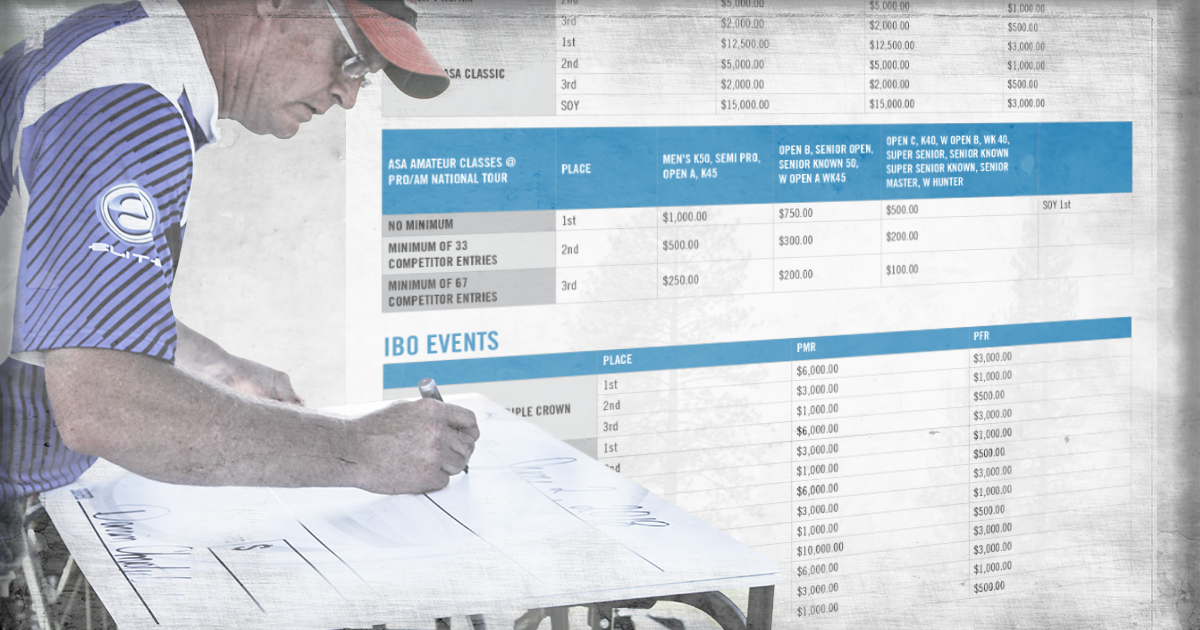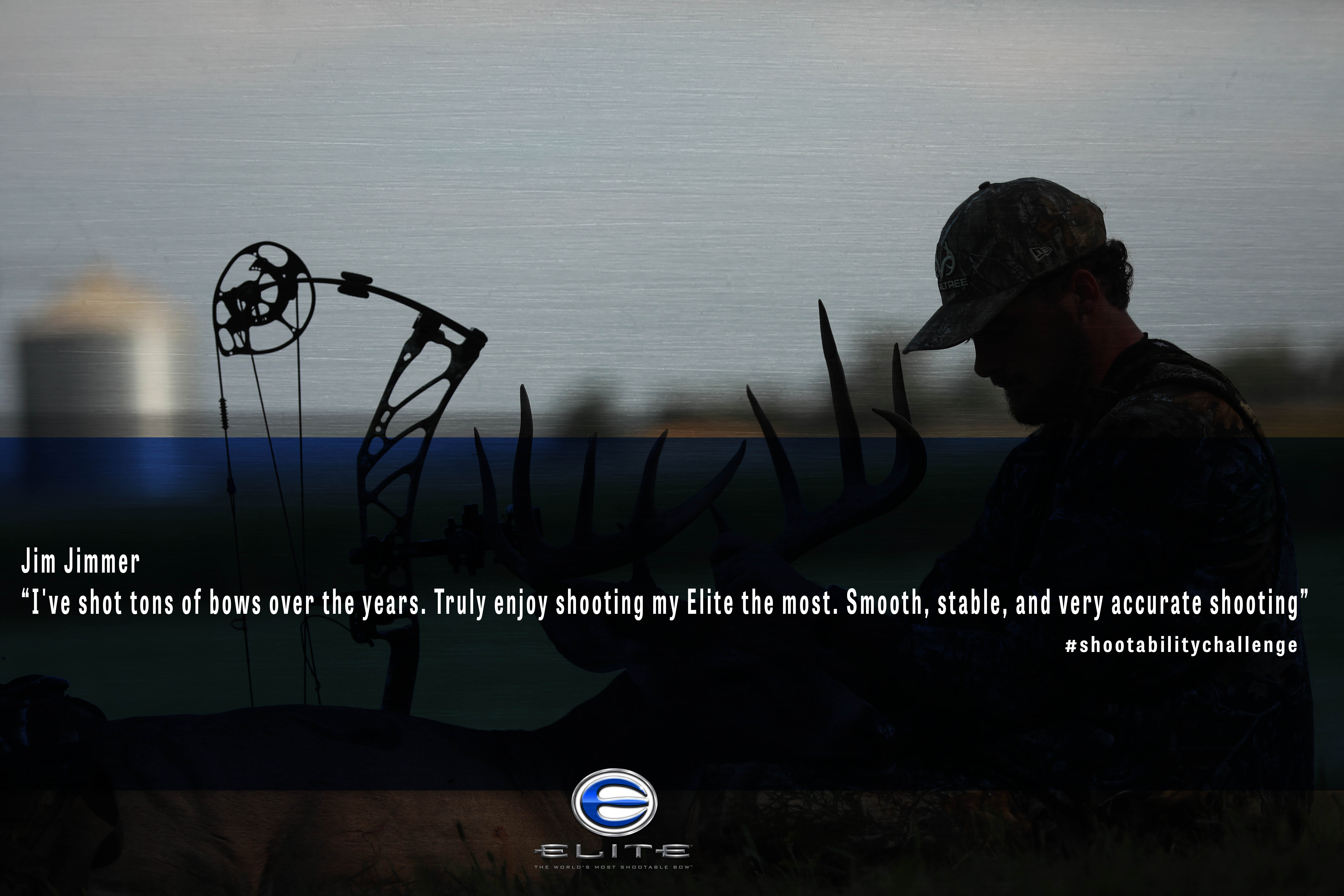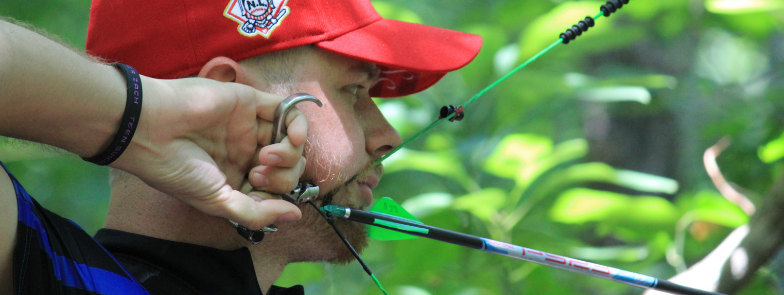
There’s something special about walking for miles and long hours to finally feel the gratification of laying claim to a shed. While it’s a fun pastime for some, for others it is a means of income or a prime opportunity to practice some quality deer management.
Benefits of Shed Hunting
One benefit of shed hunting is that it can give you clues into the lives of your local deer herd. The time and location where sheds are found can help make educated guesses as to the herd’s winter range, bedding, feeding locations, and possibly even stress levels. This is a broad assumption to make, but if a fresh shed is found in December or January, it could be indicative of stress induced shedding, whereas sheds found in later months like February through April are considered more normal time periods.
Another benefit of shed hunting is that it is a great way to do some post season scouting. Many hunters stay out of certain areas of the woods during hunting season. This is a good time to take a closer look at the signs made during the previous breeding season, reevaluate hunting strategies for a given area, and maybe even determine new stand locations.
Lastly, many find shed hunting to be a great form of exercise. Shed hunters can easily log dozens of miles in the hours of walking in varied terrain and weather conditions.
Shed Hunting Strategies
No matter where you shed hunt and what strategies you use, the best way to find sheds is to spend the time putting in miles of walking. That said, here are a few go-to shed hunting strategies to implement this season.
Environment
When to look for sheds is not only dependent the general time frame that deer shed, but also environmental factors that vary by region. In regions with hard winters, it’s best to avoid pressuring deer by walking through what would be considered their private spaces. However, in regions with mild winters and abundant food, this may be a non-issue. Shed hunters will often search fields early on during January and February and wait to explore the woods until March. Once the green up of spring begins, it’s likely time to call it a season.
Location
Location is important because you may never find sheds if deer aren’t wintering in areas you are searching. Weather can also play an important role in location scouting. Taking a walk during or after a light snowfall gives you insight into the patterns of the herd. Deer tracks in fresh snow will indicate not only presence, but the travel routes taken between bedding and feeding locations. In known wintering areas, search through nearby hay, winter wheat, standing or combined corn fields, apple orchards, or any other food source you believe them to be feeding on. Although deer may sometimes bed right amongst the food, the next obvious choice is to search the travel routes between feeding and bedding. Bedding areas can be identified not only by beds, but also by higher dry areas in low laying wet timber, thick understory and coniferous cover, south southwest facing slopes, and abundance of sign with clumped droppings. Other spots such as hedgerows and ditches between fields should not to be overlooked.

Walking in Patterns
While considered extreme to some, another strategy is to walk woods and harvested row crops in a zig zag or methodical fashion. This allows you to cover the search area very thoroughly. Doing so requires more time and patience, but it reduces the possibility of lapses in coverage. Some shed hunters walk in grid or spiral type patterns, and some walk without any specific direction. Others simply check hot spots, or areas that sheds have shown up at in previous years. All valid strategies. Note: while walking these half random, half deliberate patterns, make a point to check around logs and treetops along the way. Walking tracker apps are useful while walking new or unfamiliar parts of properties when keeping a mental note of where you’ve already been, and simultaneously remaining focused on the task at hand, are not as easily accomplished.
Weather
Believe it or not, shed hunting often requires a great deal of visual and mental focus that must be maintained for a significant amount of time. With that said, there are ideal conditions to ease the strain on your eyes. While it’s possible to find sheds on a sunny day, an overcast day also helps the whitish bone contrast against its surroundings a little better. Another condition to look for is melting snow, which will help expose the tines and beams from the forest ground.
Look for Shapes and Colors
The skill of spotting sheds while walking is acquired through experience. Instead of searching for a full shed, train your eye to search for shapes and colors associated with antlers. Learn to identify the distinct curve of a downward or upward facing main beam or a tine protruding upward through grass. Finding the hidden sheds will make you recognize and appreciate the ones laying in the wide open as lucky breaks! Binoculars are a handy tool for spotting sheds from great distances in fields. Conversely, using binoculars in the woods can save many trips departing from the line if travel to investigate that weed or stick that looked like part of an antler.

Scan your Environment, Near and Far
When walking in woods keep your visual focus to a 5 – 10 yard radius depending on cover and terrain. This distance is reduced to 2-3 yards while working through tall grass, goldenrod, and thick cover, especially if its ‘hands and knees’ sort of thick. In flat open fields this focus distance usually increases, but always make it a point to scan immediately around where you’re walking. It’s easy to get into the mindset of thinking the grass is greener on the other side, thus scanning too far around in hopes of spotting big ones, leading to overlooked sheds nearby. By searching methodically, being patient and deliberate, you give your brain time to process what your eyes are seeing before sweeping left or right again.
Luck
Random luck does play a role in shed hunting, so don’t get frustrated when you’ve walked for hours or days finding nothing, and your buddies are finding matched sets laying in wide open fields! At the end of the day it’s not a bad idea to search every square yard of a given property because you truly never know where a buck may have been when his pedicles finally cast the shed(s). However, if free time for shed hunting is a luxury, you might be better served to focus on hot spots first.
What Gear to Bring
Aside from appropriate footwear and layering for the weather, it’s a good idea to wear sunglasses on sunny days, or you can swap the lenses out for clear ones on days you need eye protection in nasty brush. Leather gloves help when fighting your way through briars; they’ll be well worth it when you spot a massive shed laying in the middle of a briar patch. It’s also never a bad idea to tote a backpack with a hand saw, some snacks and hydration, extra layers, or, if you’re feeling hopeful, a couple feet of paracord to lash all those sheds up with!
Finding sheds from a specific buck is a gratifying management reward when it’s one you have taken the gamble of letting walk and having hoped he will, for example, survive New York’s 5-weeks of firearm season. It’s also the moment that the anticipation begins of seeing his velvet clad rack in the coming summer months. Have you been out shed hunting this season? Send our Facebook page some of your best grabs.









.png)
